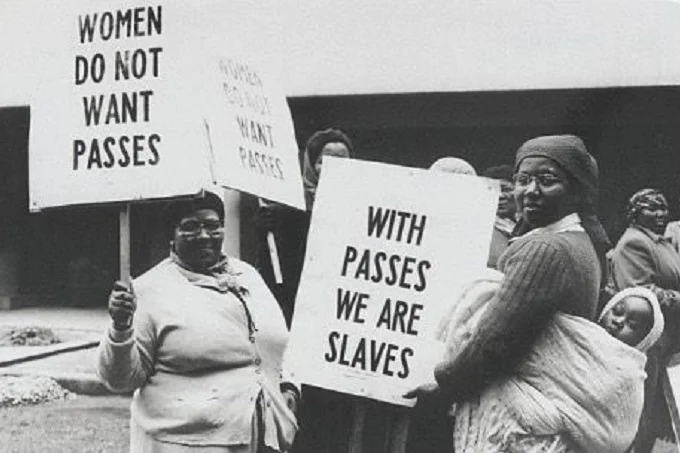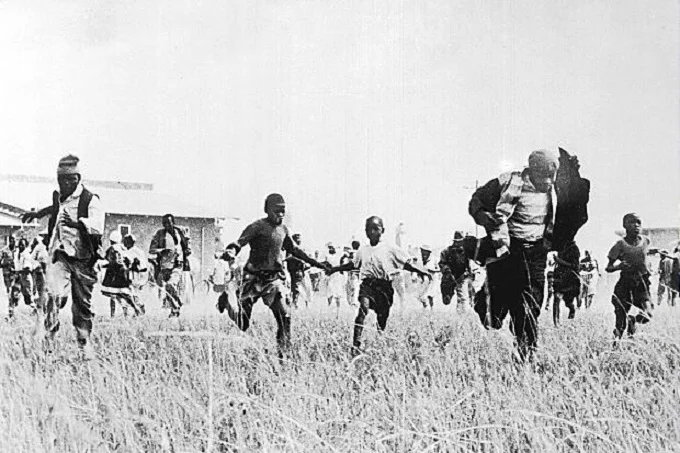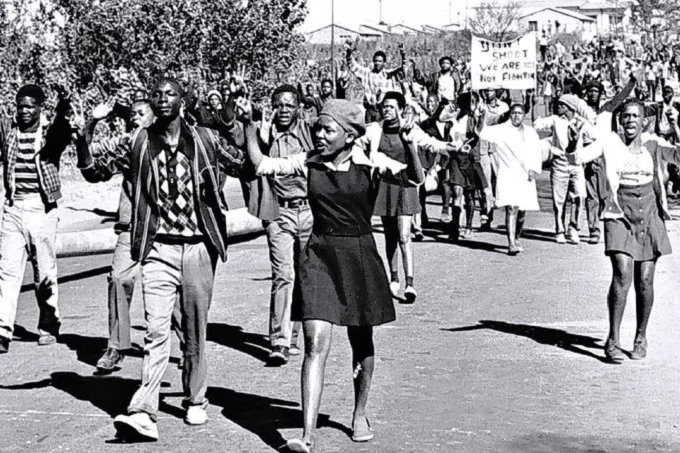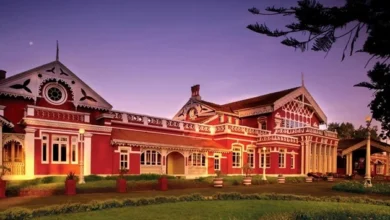The causes of the Sharpeville massacre, March 21, 1960

In the Sharpeville massacre, on March 21, 1960, South African police opened fire on a crowd of protesters in the suburb of Sharpeville, a township about 50 kilometers south of Johannesburg. At the end of the day, there were 69 dead and at least 186 injured, in what is the bloodiest episode of the apartheid period in South Africa.
This massacre is a historic moment for the country, one that creates a distinct difference before and after. Telling this story helps to understand what segregationist South Africa was like in 1960 and what deep feelings animated the struggle against the white minority regime from March 21 onwards.
How did the Sharpeville massacre start
The apartheid (separation) regime was introduced in South Africa in 1948 by the National Party based on a simple assumption: that the country’s different ethnic groups could best pursue their respective developmental trajectories by living separately.
The truth is that this racial segregation was a real work of social engineering to ensure that the white minority of the population would retain power, while the black majority would serve as a reservoir of labor for the industrialization of the country.
When apartheid segregation began to be implemented in South African society, one of the first fields in which it was evident was urban planning. Beginning in 1950, with the Group Areas Act (GAA) enactment, different population groups were forced to reside in specially designated areas, resulting in the destruction of mixed communities and the forced relocation of the black population.
Given the enormous economic and political imbalance between the various groups, the areas reserved for the black population were on the outskirts of the cities, the so-called townships, and developed as a separate entity, also due to the general disinterest of the authorities.
These suburbs soon became depressed and overcrowded areas, characterized by informal settlements and a lack of water, electricity, and sewerage infrastructure. The poverty imposed on residents by segregation in the labor market, then, only exacerbated the social problems of these ghettos, also encouraging the emergence of organized crime.
Sharpeville township, unlike other settlements, was not yet involved in the anti-segregation movement during the 1950s. Things changed in 1960, however, when the Pan-Africanist Congress (PAC) brought its demands to the township and gained widespread support. The PAC was a group of the African National Congress (ANC) and at the time was particularly active against the new Pass Laws, the laws that regulated the movement between the different segregated areas.
Since the creation of the first European colonies in South Africa at the end of the eighteenth century, strict rules had been implemented regarding the movement of the black population, which were taken up and adopted by the apartheid regime.
Since 1952 it was made compulsory for all black men over 16 years of age to carry the so-called Passbook, a kind of internal South African passport used to monitor their movements. The document contained all the personal information of the holder, including photos and fingerprints, as well as information on his employment and his employer.
This information allowed access to certain areas to be denied or restricted, and passbooks became one of the most hated symbols of segregation. Year after year, the Pass Laws were tightened, increasing restrictions on movement so that by 1960 these laws became the main target of the anti-segregation movement.
Facts about Sharpeville massacre
PAC had chosen March 21 as the date for a national mobilization to demand the abolition of Pass Laws, which had received widespread support in townships across the country. The intent of the protesters was to march to local police stations, dispose of their pass documents, and demand to be arrested. The protest was to be a peaceful and symbolic act of violation of the laws they were calling for to be abolished.
That morning a crowd of about 5,000 people concentrated in Sharpeville, soon to become nearly 20,000 as the mobilization continued throughout the morning. The situation quickly escalated once the crowd reached the perimeter of the police station: as soon as the officers began to contain the crowd, unrest broke out. At that point the police opened fire to disperse the crowd, even using heavy machine guns, without first firing warning shots in the air.
At the end of the day there were 69 dead and 186 wounded, including at least 50 women and children. Many of the victims were wounded in the back. Sharpeville is now considered the worst massacre in the history of the anti-apartheid movement and one of the bloodiest episodes in the country’s recent history.
What exactly started the shooting has never been fully clarified. The official version of the forces of law and order speaks of concurrent causes that led some young recruits to lose their cool and start firing on protesters when they reached the gates of the station, triggering precipitation of events that ended with the massacre.
The fact that there were only 20 policemen at the station, the protesters were throwing objects, and the fears triggered by some fatal attacks against the forces of the order in the previous weeks in other townships would have contributed to scaring the staff.

This version, however, does not find much actual confirmation. According to many observers, the protesters were peaceful and unarmed, as opposed to the police, who were heavily armed and had received many reinforcements and the support of about 300 soldiers.
The same Truth and Reconciliation Commission (TRC), when evaluating this episode among the crimes of the apartheid regime, will state that the military’s theory is absolutely unfounded and that indeed this episode represents a clear violation of human rights and a case of excessive use of force against unarmed civilians.
How did the Sharpeville massacre help end apartheid?
The actual massacre was the beginning of a much broader crackdown on the anti-apartheid movement. News of the incident sparked riots in many other townships, which were harshly repressed. The South African government immediately declared a state of emergency, based on which at least 11,000 activists were arrested. These bloody events also had a wide resonance in the international press, shockingly drawing the attention of foreign public opinion to the situation in South Africa.
At that point, the Unlawful Organizations Act was also enacted, outlawing anti-apartheid groups such as the PAC and ANC. Therefore, the Sharpeville massacre is a crucial junction in the fight against segregation in South Africa for this reason: from now on, the movement against segregation was forced to act clandestinely and to resort to increasingly extreme strategies to carry out its demands given the net closure of institutional channels.
The event was also fundamental in bringing the issue of segregated South Africa among the international community’s priorities, so much so that UNESCO chose March 21 (the day of the massacre) as the symbolic date for the International Day for the Elimination of Racial Discrimination.

The symbolic event has been held annually since its inception in 1966 and was very important during the apartheid years to raise awareness of the struggle against segregation worldwide.
The Sharpeville massacre always maintained a symbolic value for the anti-apartheid movement, so much so that Nelson Mandela in 1996 decided to sign the new Constitution on the very site of the massacre.




